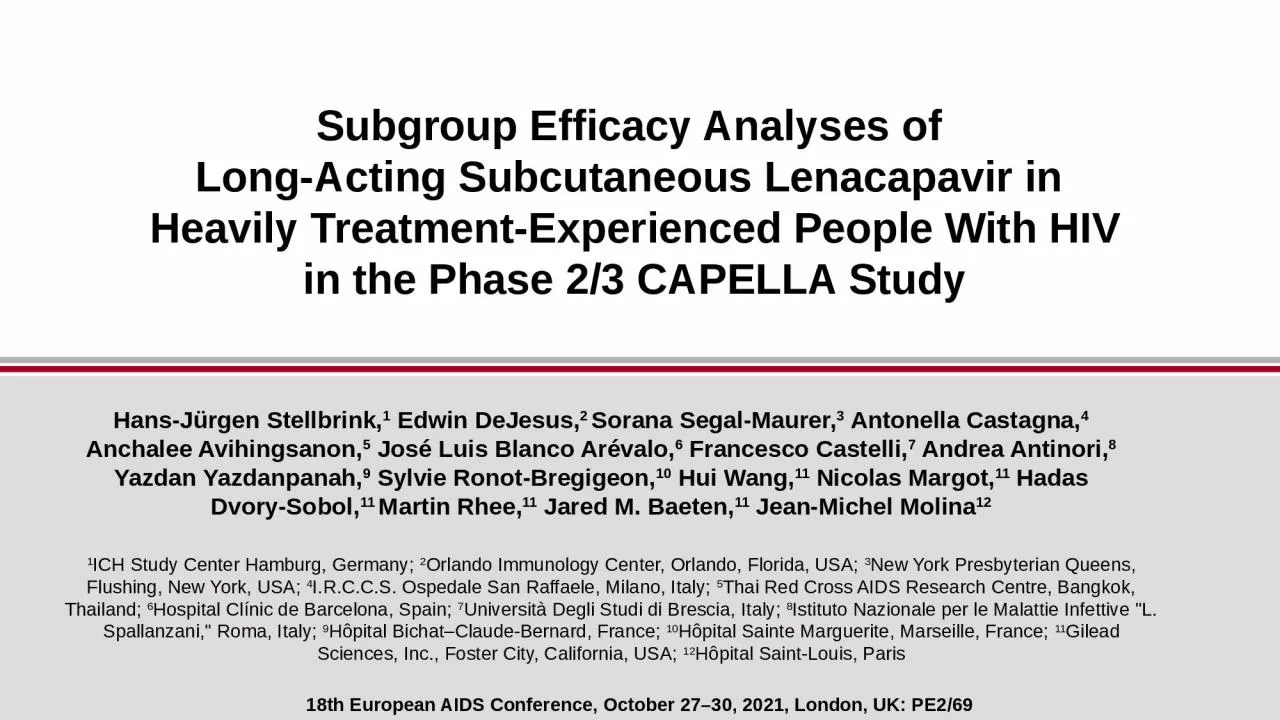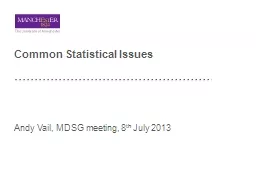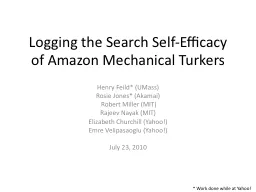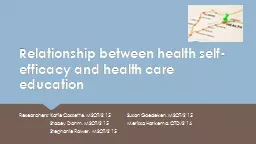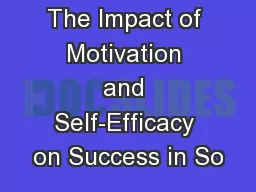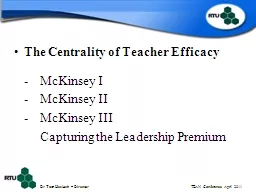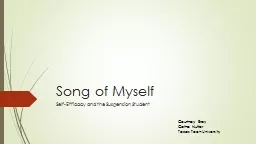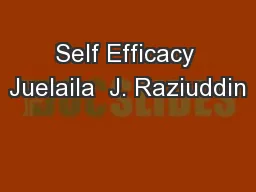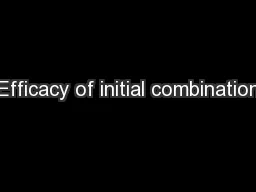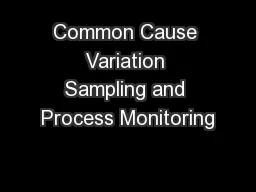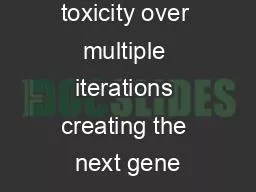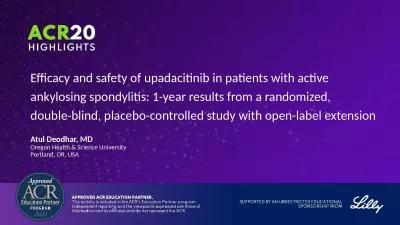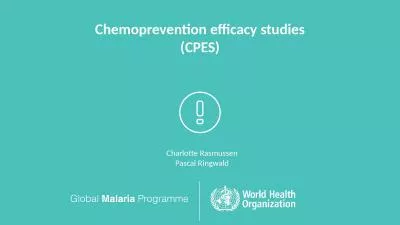PPT-Subgroup Efficacy Analyses of
Author : eddey | Published Date : 2024-01-29
LongActing Subcutaneous Lenacapavir in Heavily TreatmentExperienced People With HIV in the Phase 23 CAPELLA Study 1 ICH Study Center Hamburg Germany 2 Orlando
Presentation Embed Code
Download Presentation
Download Presentation The PPT/PDF document "Subgroup Efficacy Analyses of" is the property of its rightful owner. Permission is granted to download and print the materials on this website for personal, non-commercial use only, and to display it on your personal computer provided you do not modify the materials and that you retain all copyright notices contained in the materials. By downloading content from our website, you accept the terms of this agreement.
Subgroup Efficacy Analyses of: Transcript
Download Rules Of Document
"Subgroup Efficacy Analyses of"The content belongs to its owner. You may download and print it for personal use, without modification, and keep all copyright notices. By downloading, you agree to these terms.
Related Documents

